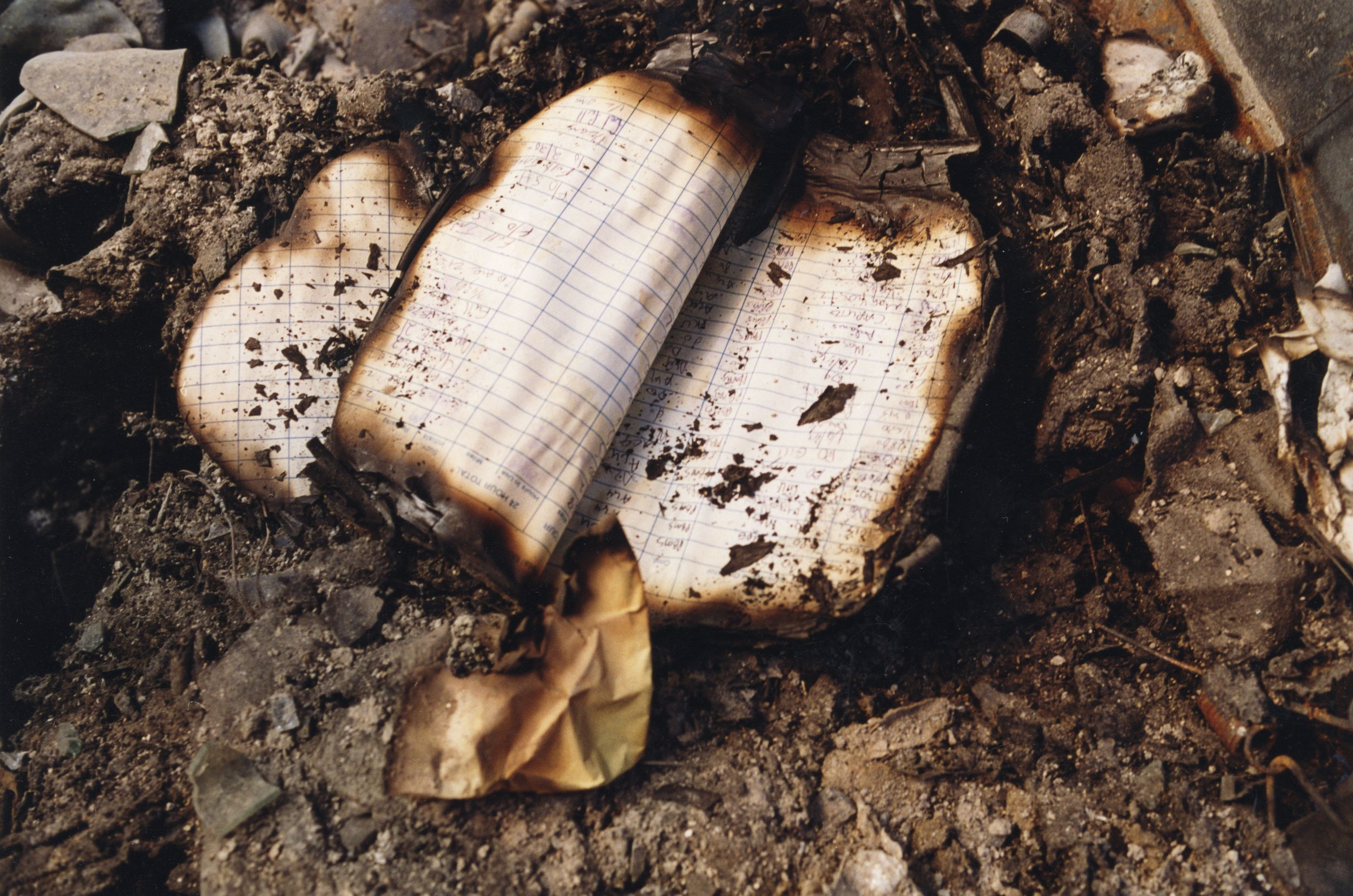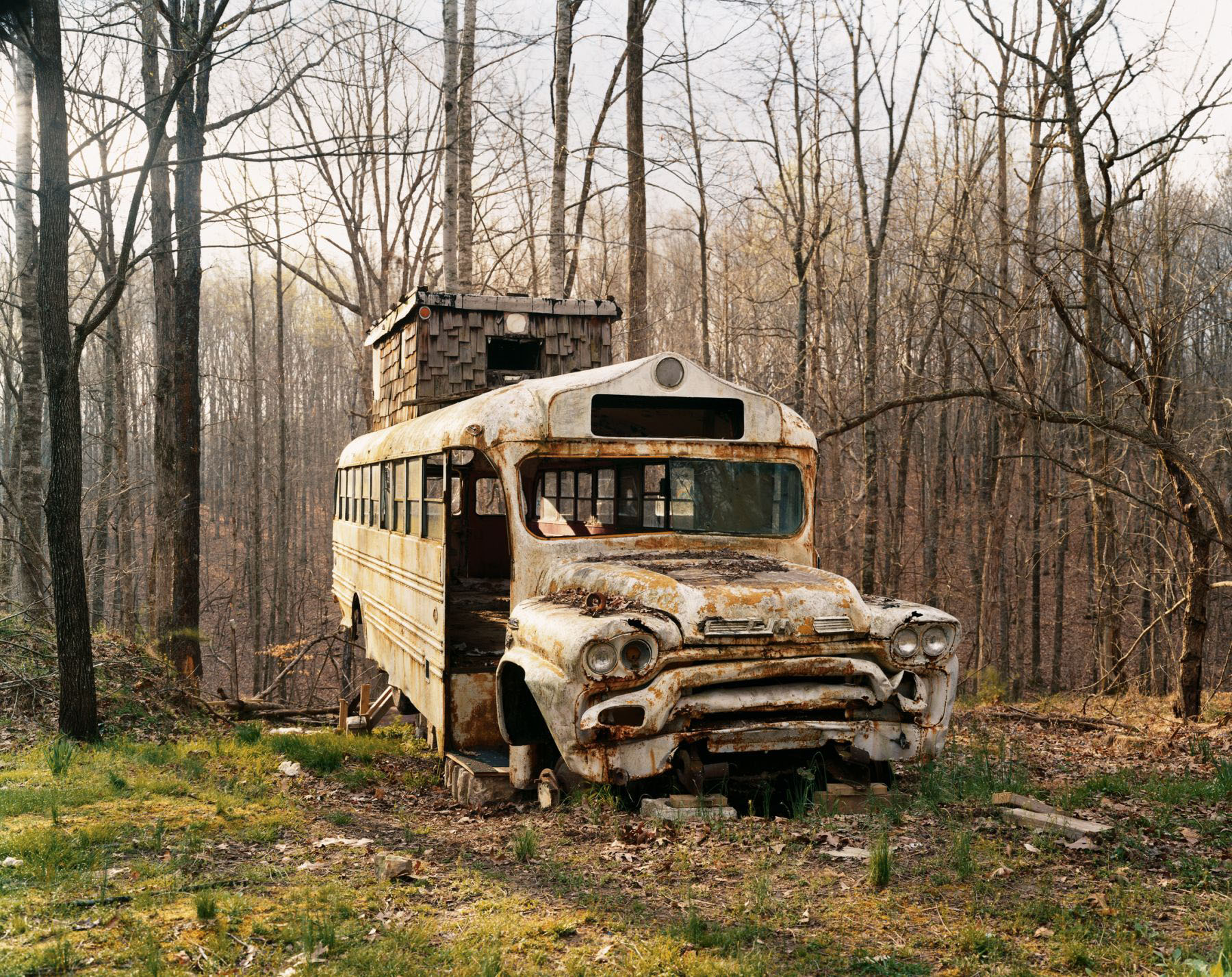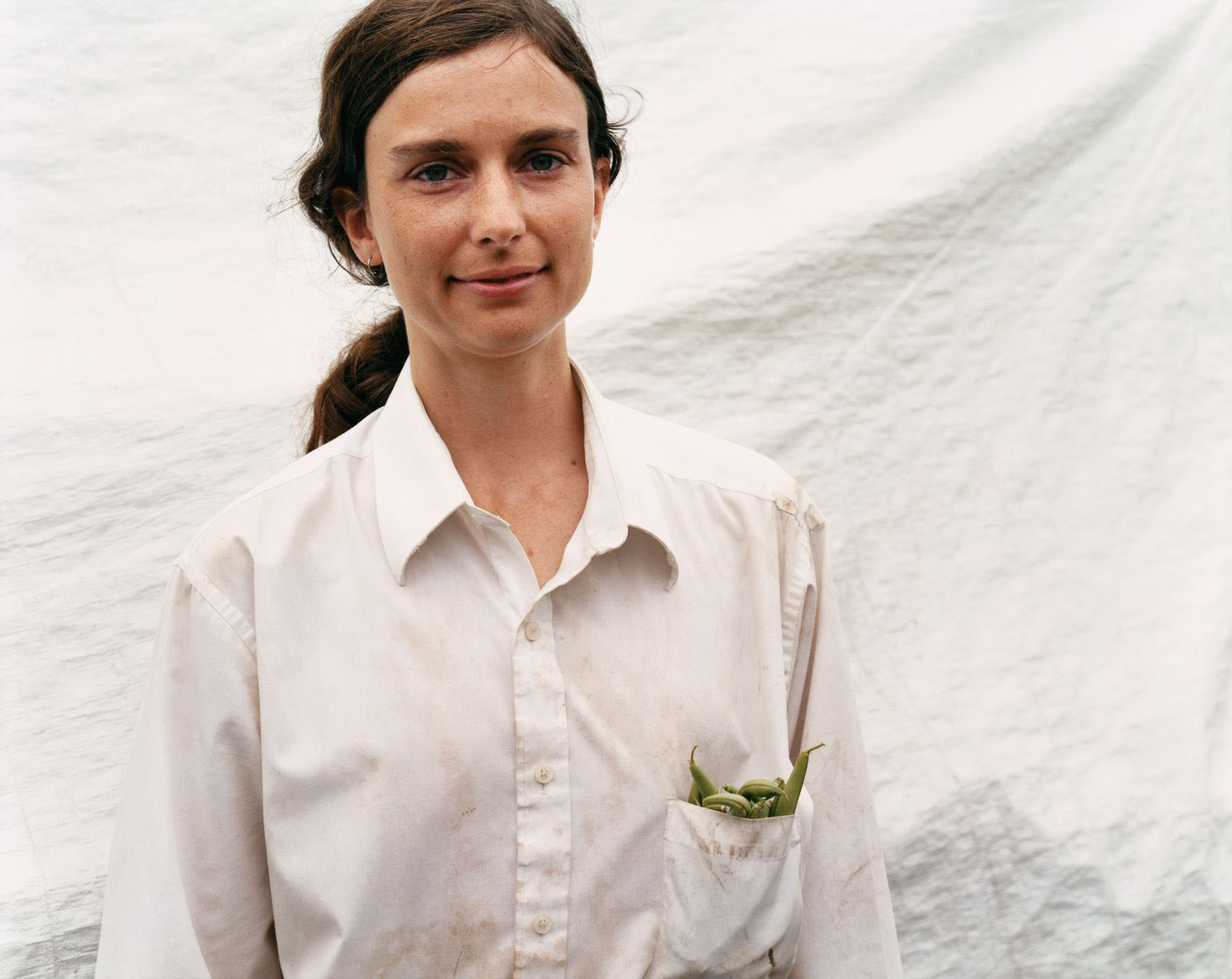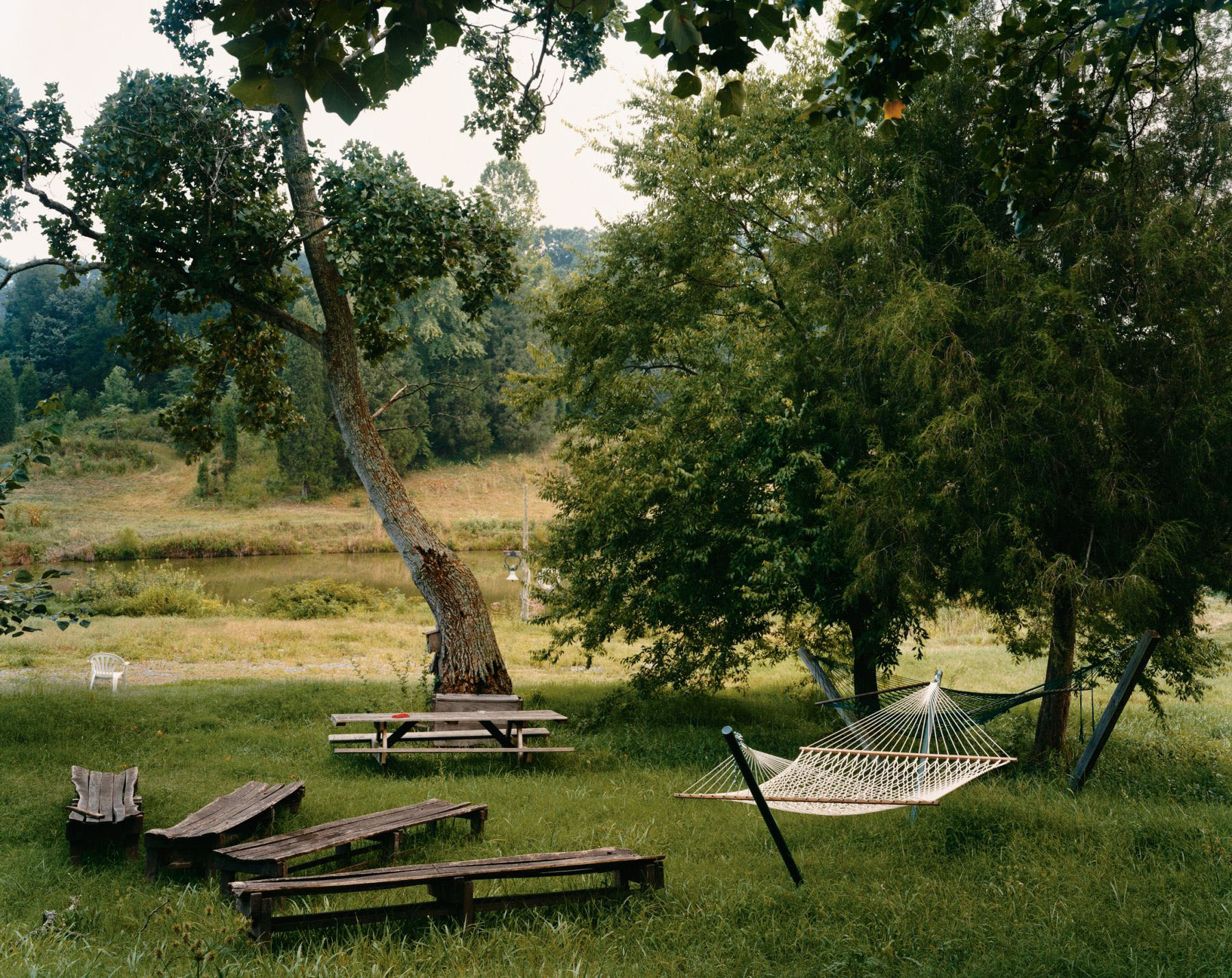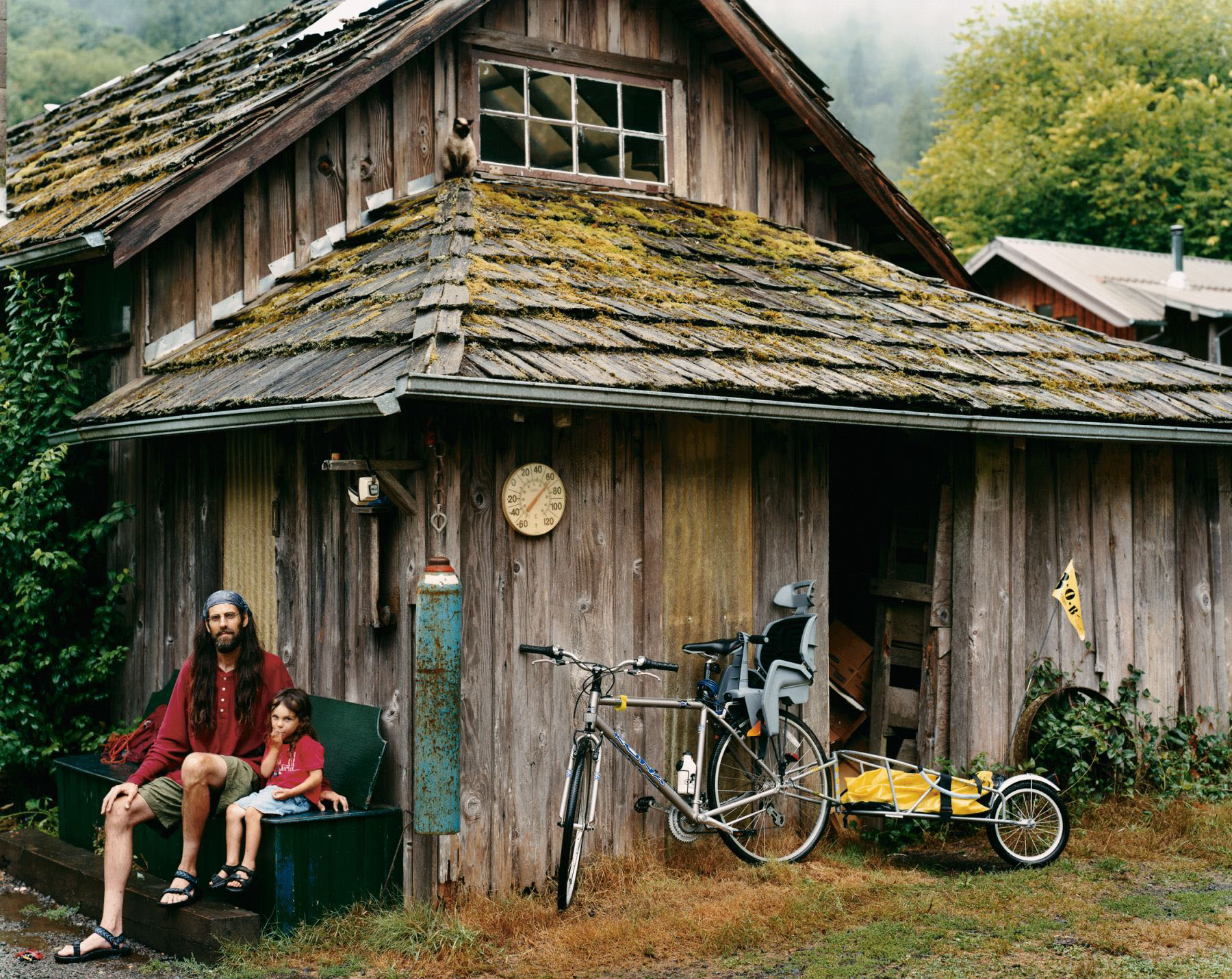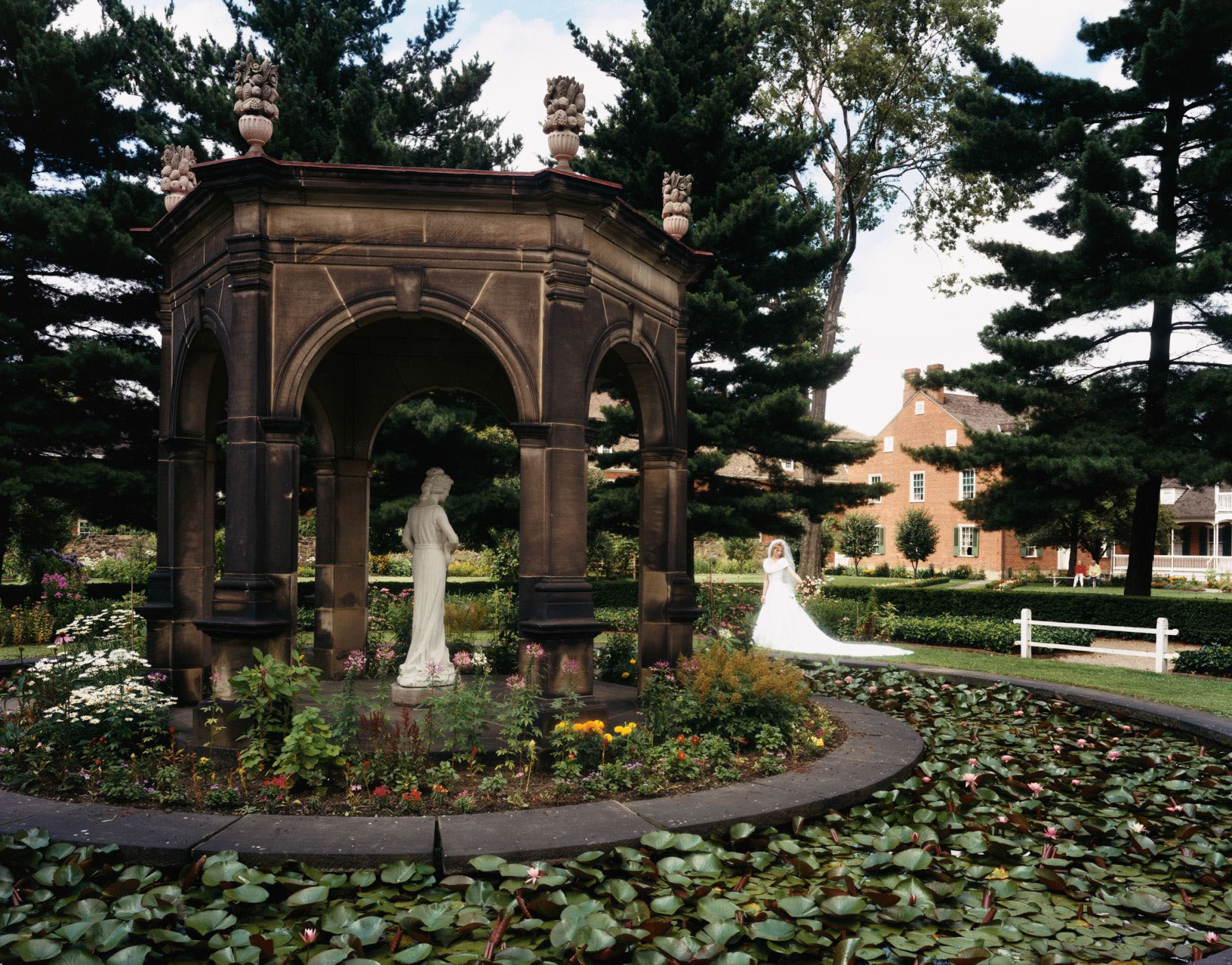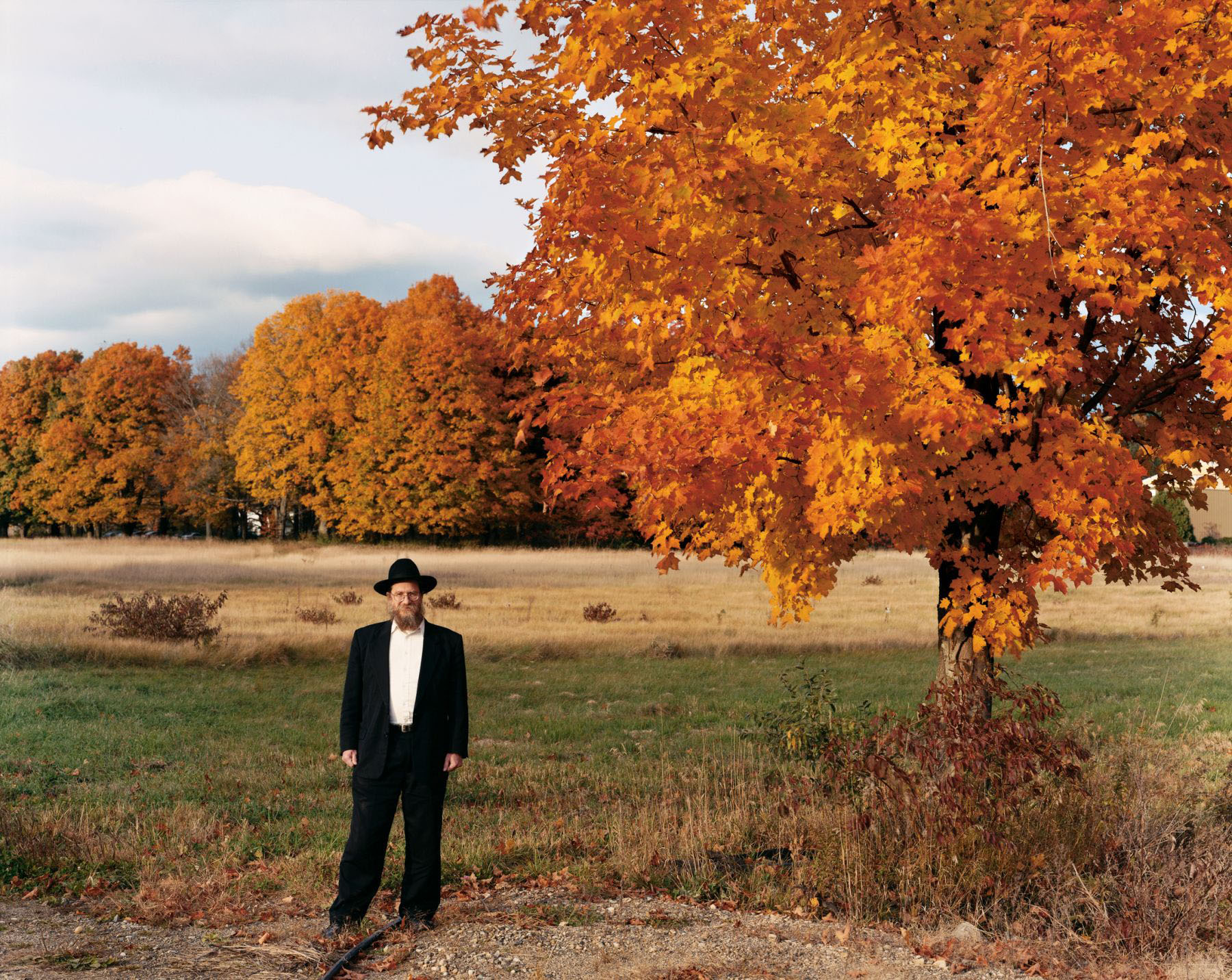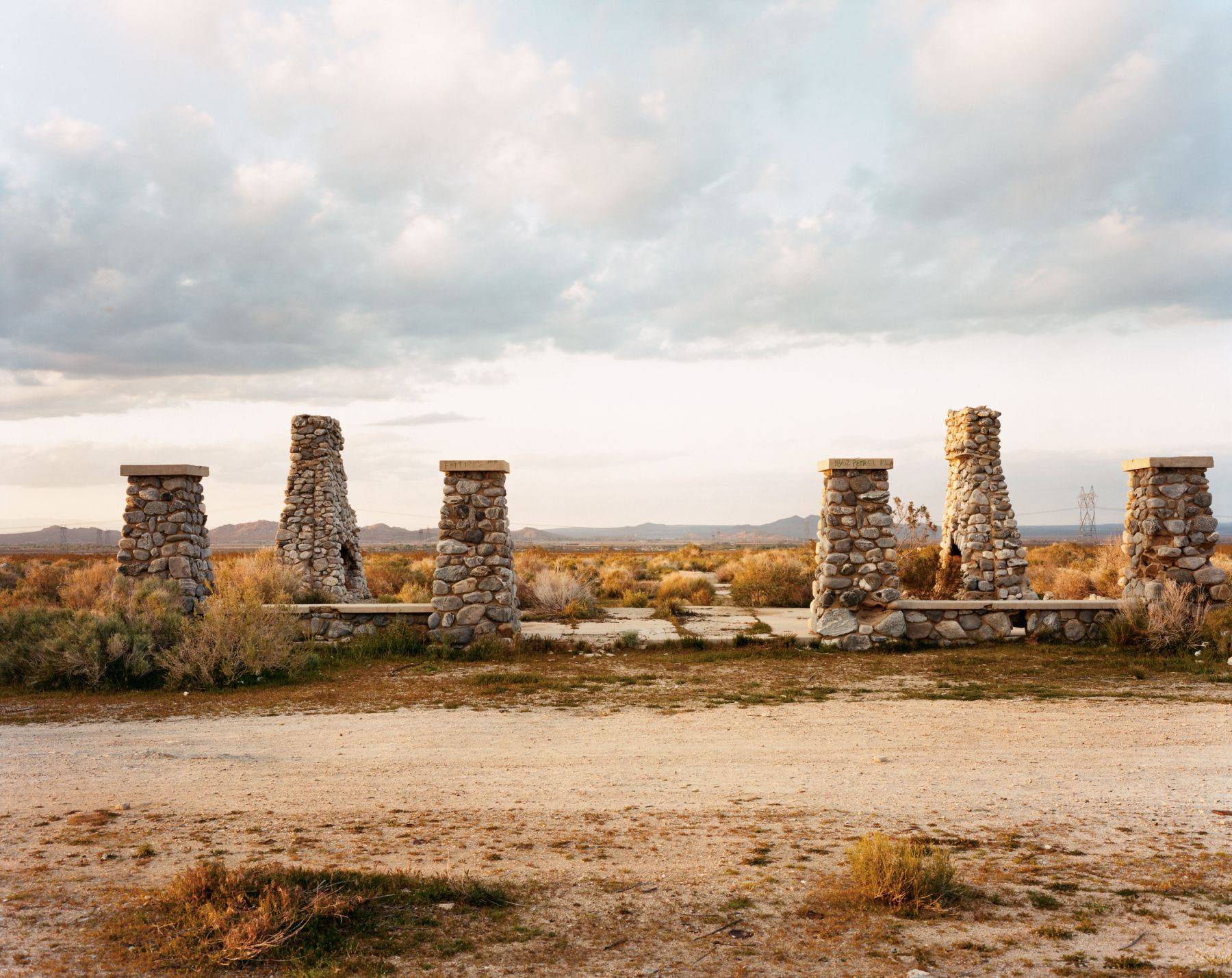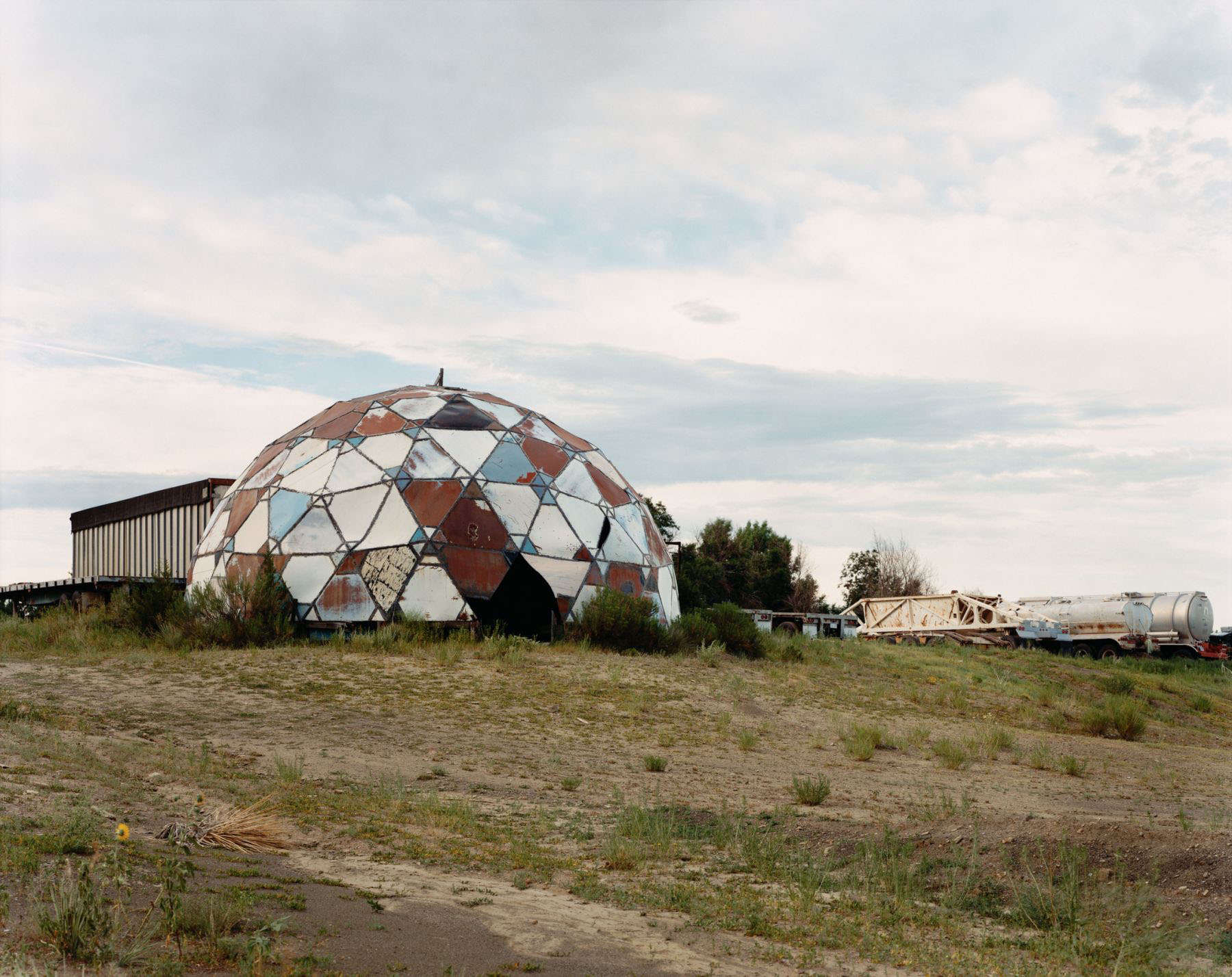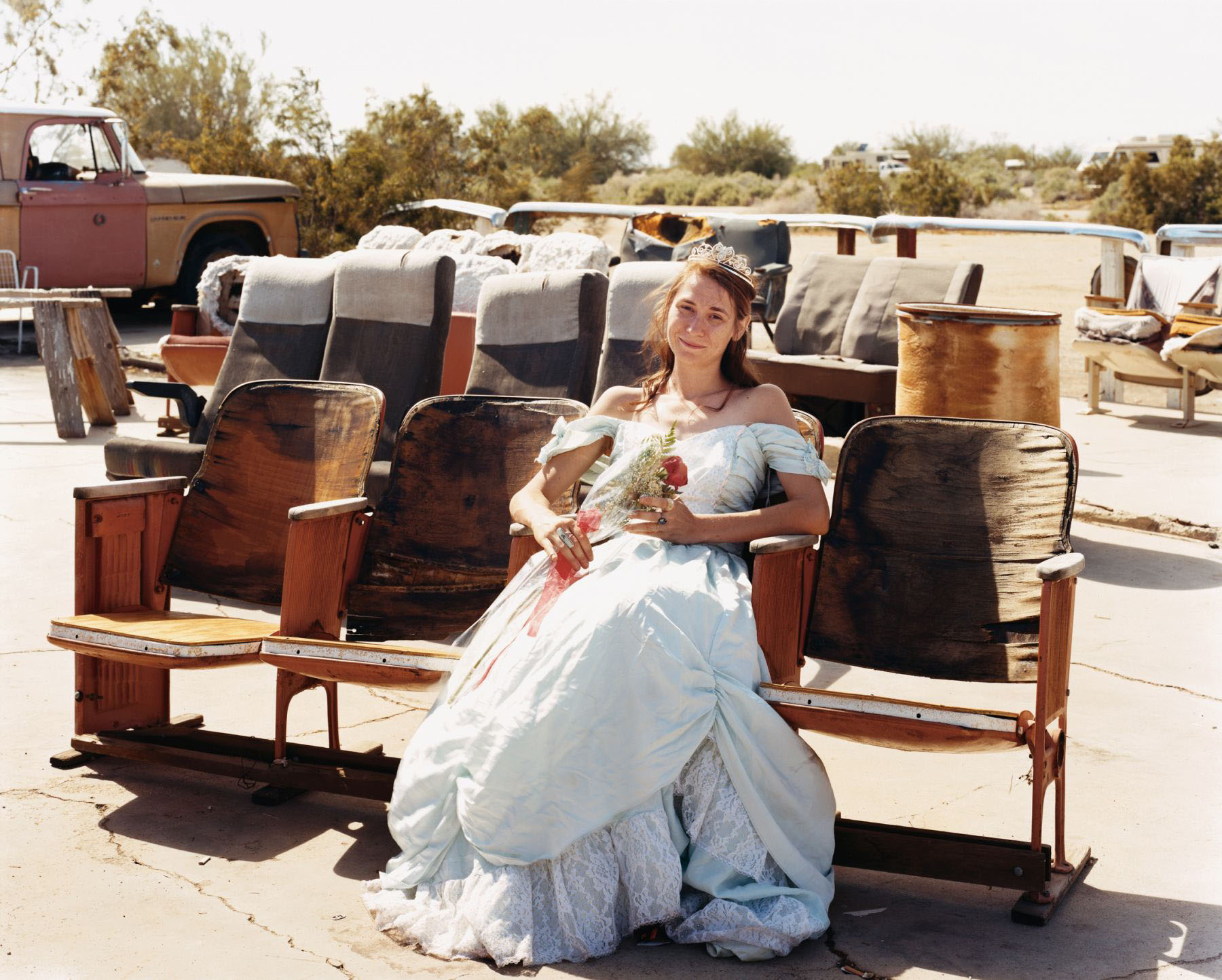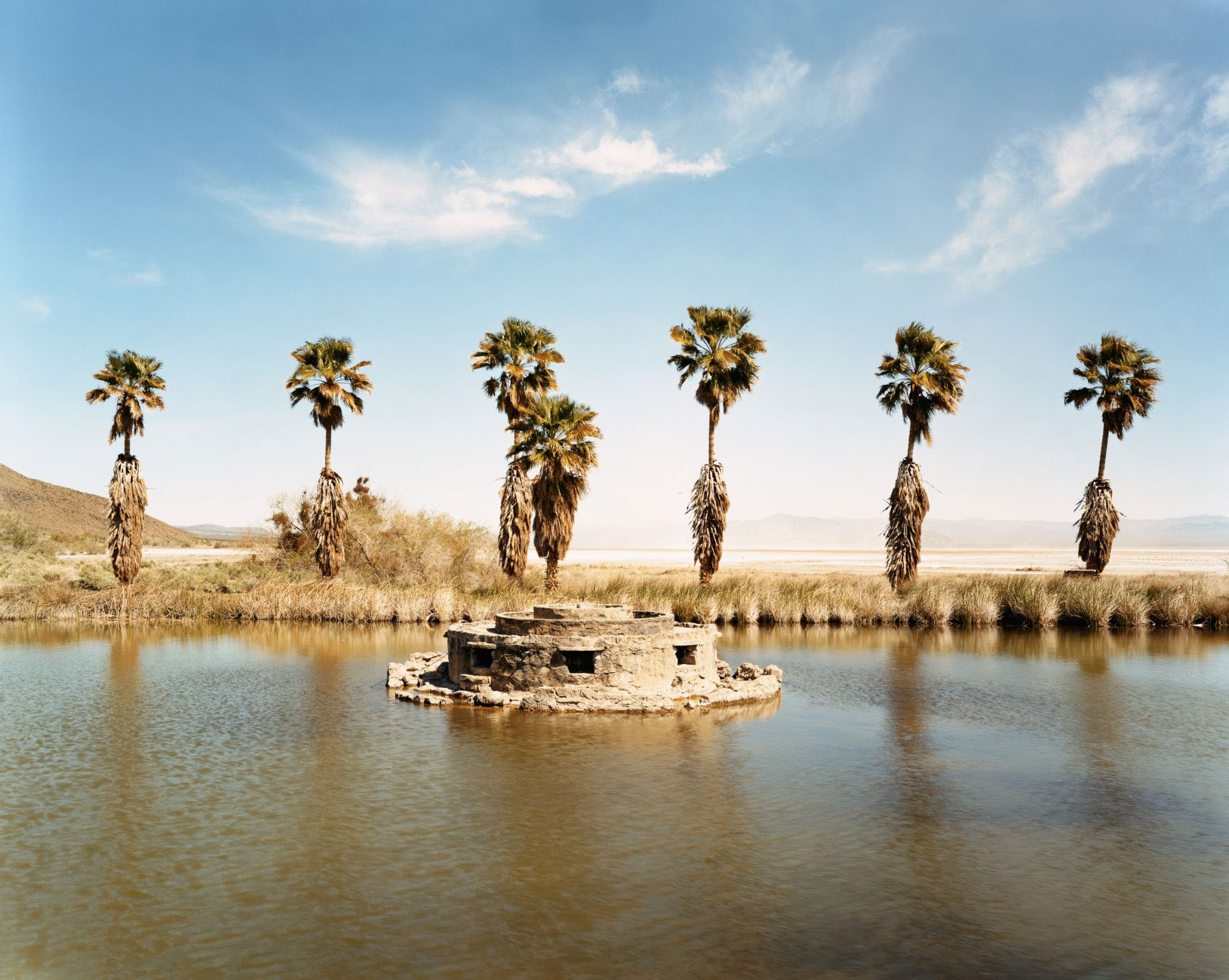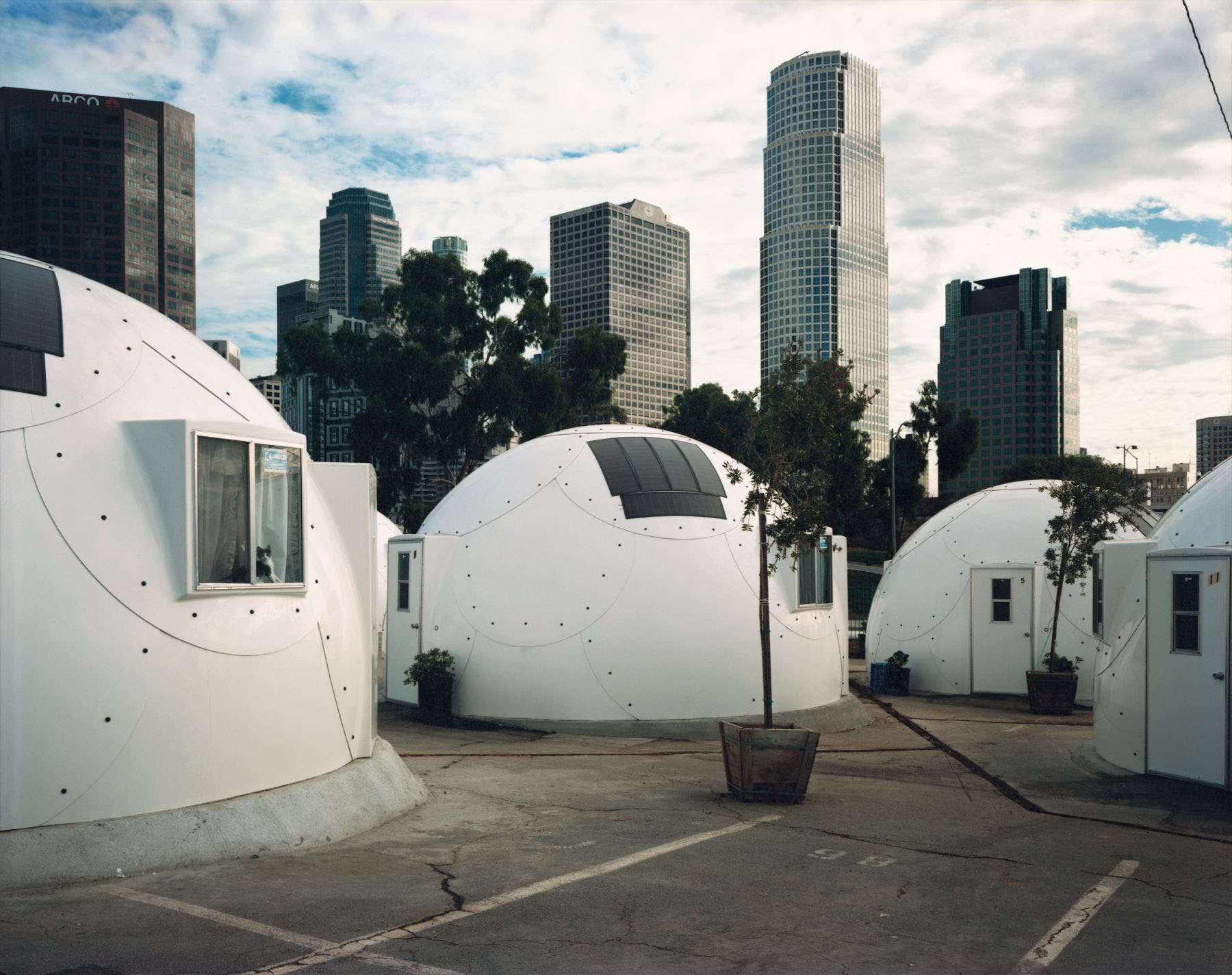-
2021
- Aug 23, 2021 Joel Sternfeld – ‘American Prospects’ (2012) Aug 23, 2021
-
2020
- Apr 9, 2020 A Review from French Newspaper Libération Apr 9, 2020
- Jan 23, 2020 The Seas Are Rising—And So Are They Jan 23, 2020
- Jan 23, 2020 Favorite Photobooks of 2019 | LensCulture Jan 23, 2020
-
2019
- Dec 20, 2019 Snapshot: ‘Our Loss’ by Joel Sternfeld Dec 20, 2019
- Dec 20, 2019 The site of an environmentalist’s deadly act of protest Dec 20, 2019
- Dec 20, 2019 Despairing for the planet, a man took his own life in a Brooklyn park. This photographer honored his memory one day at a time Dec 20, 2019
-
2018
- May 25, 2018 Joel Sternfeld and His Visual Letter To Joseph Palmer May 25, 2018
- May 18, 2018 Landscapes Get Wonderfully Complicated at NYU's Grey Art Gallery May 18, 2018
- May 11, 2018 Landscapes After Ruskin, Grey Art Gallery, New York, by Ariella Budick May 11, 2018
-
2017
- Mar 5, 2017 Joel Sternfeld and dissolving utopias (2017) Mar 5, 2017
- Feb 7, 2017 Joel Sternfeld on his classic American Prospects–and his new work Feb 7, 2017
- Jan 24, 2017 Old Photographs That Capture America at a Crossroads Jan 24, 2017
- Jan 11, 2017 The Drifter: Joel Sternfeld on his sly glimpses of the wild America – seen from the endless highway Jan 11, 2017
-
2016
- Aug 8, 2016 Impressive show navigates landscape and the sublime, by Sebastian Smee. Aug 8, 2016
-
2014
- Jul 12, 2014 American Prospects Jul 12, 2014
-
2013
- Jul 7, 2013 Color Rush: American Color Photography from Stieglitz to Sherman Jul 7, 2013
-
2012
- Apr 6, 2012 Sunday Salon with Greg Fallis, by Greg Fallis Apr 6, 2012
- Jan 16, 2012 Cultural Confines, by Ruby Taylor Jan 16, 2012
- Jan 12, 2012 Open Enrollment: Joel Sternfeld’s Pictures, by Michelle Jubin Jan 12, 2012
- Jan 11, 2012 Color is the Real World: Joel Sternfeld at Luhring Augstine, by Carly Gaebe Jan 11, 2012
- Jan 6, 2012 Photographer Joel Sternfeld's First Pictures, at Luhring Augustine, offers a straight, stark gaze at America in the '70s Jan 6, 2012
- Jan 1, 2012 On Photography: Joel Sternfeld: First Pictures Jan 1, 2012
-
2011
- Oct 12, 2011 Joel Sternfeld: A Modern Master’s First Pictures Oct 12, 2011
- Sep 1, 2011 Joel Sternfeld's First Pictures: The Opening Chapter of a Colorful Career Sep 1, 2011
- Aug 1, 2011 Foam Magazine Aug 1, 2011
-
2009
- Jan 1, 2009 The United Nations of Queens Jan 1, 2009
-
2008
- Oct 17, 2008 Photographer Joel Sternfeld: Close Encounters Oct 17, 2008
- Sep 29, 2008 Joel Sternfeld - Oxbow Archive Sep 29, 2008
- Sep 15, 2008 Joel Sternfeld, Oxbow Archive at Luhring Augustine Sep 15, 2008
- Sep 15, 2008 Joel Sternfeld's Oxbow Archive Sep 15, 2008
-
2007
- Jan 6, 2007 Look right, then left Jan 6, 2007
-
2006
- Oct 22, 2006 Shelters for the Soul Oct 22, 2006
- Apr 1, 2006 Joel Sternfeld "Sweet Earth: Experimental Utopias in America" Apr 1, 2006
- Feb 1, 2006 Photo Synthesis Feb 1, 2006
-
2005
- Dec 1, 2005 Joel Sternfeld Luhring Augustine Dec 1, 2005
-
2004
- Apr 1, 2004 Joel Sternfeld at Luhring Augustine Apr 1, 2004
- Feb 5, 2004 Those Nice, Bright Colors Feb 5, 2004
- Feb 4, 2004 Joel Sternfeld Feb 4, 2004
- Jan 18, 2004 Serendipity All Over Again Jan 18, 2004
-
2003
- Aug 1, 2003 Making the Past Present Aug 1, 2003
- Mar 3, 2003 Joel Sternfeld The Photographer's Gallery, London, UK Mar 3, 2003
- Jan 7, 2003 America the Improbable - Joel Sternfeld’s odd take on the United States Jan 7, 2003
-
2001
- Dec 28, 2001 Art in Review - Joel Sternfeld Dec 28, 2001
- Aug 19, 2001 ART/ARCHITECTURE - Portraits Picked Out of The Crowd Aug 19, 2001
- May 21, 2001 A Walk on the High Line May 21, 2001
-
1994
- Mar 15, 1994 Haunting Grounds: Joel Sternfeld’s Crime Sights Mar 15, 1994
- Feb 13, 1994 A Baedeker to America in the Age of Anxiety Feb 13, 1994
-
1992
- Sep 20, 1992 The Campagna Romana Viewed by Joel Sternfeld Sep 20, 1992
- Jul 17, 1992 Sternfeld Captures Contemporary America’s Ambiguity Jul 17, 1992
-
1987
- Apr 20, 1987 Photography: Lovelorn Tracts, Minced Wilderness Apr 20, 1987
- Mar 15, 1987 “In Search of America.” New York Times Magazine Mar 15, 1987
-
1982
- Jan 12, 1982 Joel Sternfeld by Colin Westerbeck Jan 12, 1982
-
1981
- Oct 25, 1981 “The Incredible Commonplace.” New York Times by Andy Grundberg Oct 25, 1981












